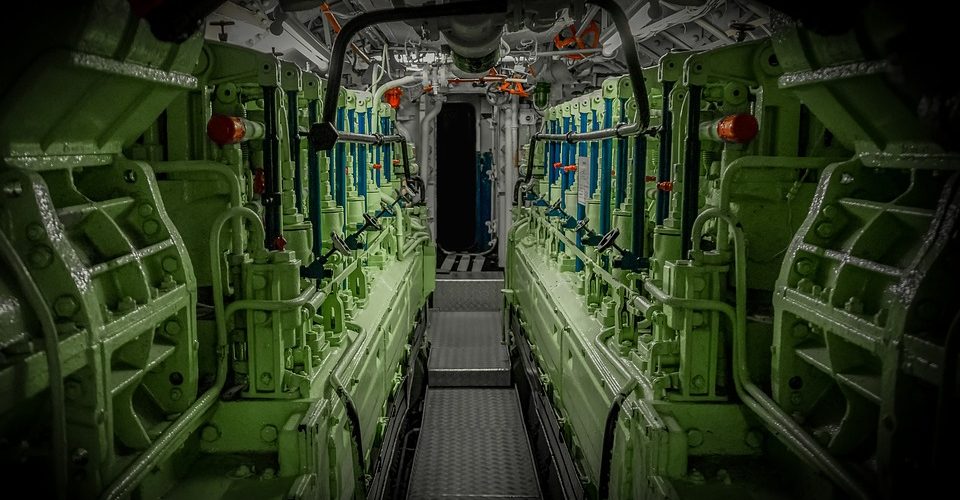In today’s digital age, the internet has become an indispensable part of our daily lives. From staying connected with loved ones to conducting business transactions, the internet plays a vital role in almost every aspect of our society. But have you ever wondered how all of this information is able to travel across the globe within a matter of seconds? The answer lies in the vast network of submarine optic cables that crisscross the world’s oceans, forming the backbone of the internet.
Submarine optic cables are essentially long, thin strands of glass that are encased in protective layers of plastic and metal. These cables are laid on the ocean floor, connecting different continents and regions together to create a global network of communication. When data is transmitted through these cables, it is converted into light signals that travel at the speed of light through the glass fibers. This allows for high-speed, reliable communication between different parts of the world.
The importance of submarine optic cables cannot be overstated. They are the primary means of communication for almost all global internet traffic, accounting for more than 95% of international data transmission. Without these cables, it would be impossible for us to send emails, make video calls, or access websites that are hosted in different countries.
Moreover, submarine cables are vital for the global economy. They enable businesses to conduct transactions across borders, facilitate e-commerce, and support international trade. For example, the majority of financial transactions between banks are carried out over submarine cables, ensuring secure and efficient communication between financial institutions around the world.
In addition to serving as the backbone of the internet, submarine optic cables also play a crucial role in disaster recovery and emergency communication. When natural disasters or other emergencies occur, these cables serve as a lifeline for affected communities, allowing for the rapid transmission of information and assistance.
Despite their importance, submarine cables are vulnerable to a variety of threats, including natural disasters, ship anchors, and even intentional sabotage. As such, efforts are constantly being made to improve the resilience and security of these cables, including the development of advanced monitoring systems and protective measures.
In conclusion, submarine optic cables are the unsung heroes of the digital age, enabling the seamless flow of information across the globe and connecting people and businesses in ways that were previously unimaginable. Without these cables, the internet as we know it would cease to exist. So the next time you send an email, make a phone call, or browse the web, take a moment to appreciate the incredible technology that makes it all possible – the humble submarine optic cable.








